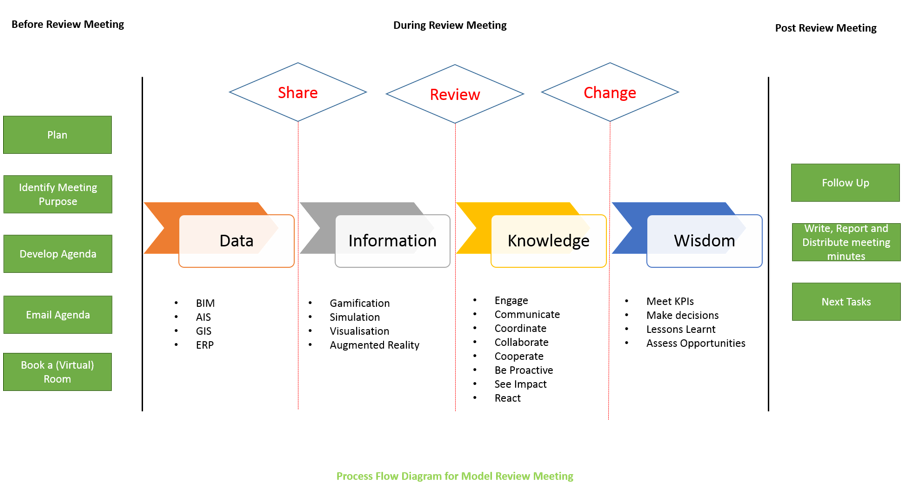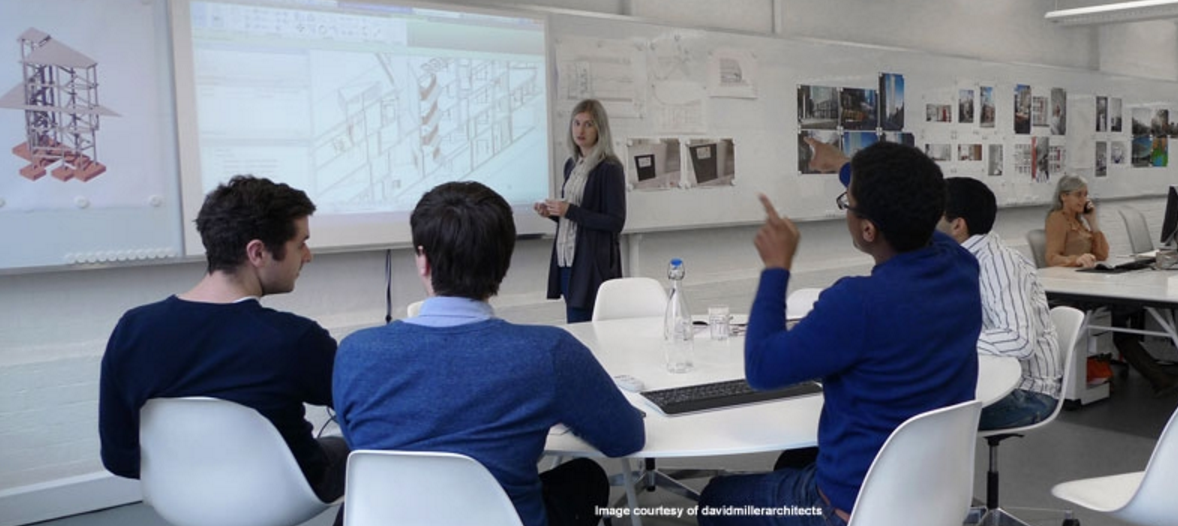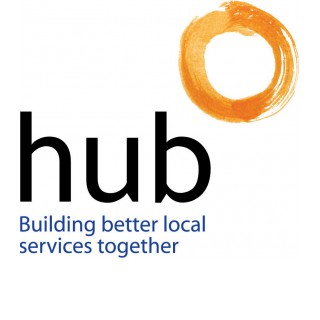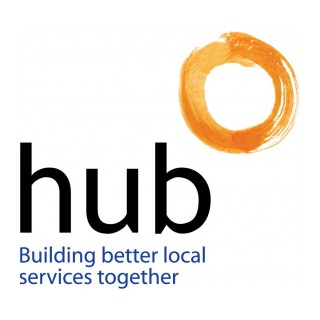The regular review of models and associated stage deliverables such as COBie to the employer is a key aspect of the BIM process. The employer should ensure that these assessment requirements are incorporated into the Employers Information Requirements (EIR) and undertaken in a collaborative environment. The model review meetings should also support soft landings with thier focus on mainteance and functionality.
These meetings allow key stakeholders to determine, understand, analyse and review the 3D models and other information outputs, provide their feedback and validate the stage Plain Language Questions PLQs. Ideally there should be 3 key stages to the process:
1. Before Review Meeting,
2. During Review Meeting
3. Post Review Meeting
This workflow allows the team to develop a proactive behaviour whilst collaborating and sharing key projects/ asset data and information.

Such reviews are normally undertaken in a virtual environment using a projector (as illustrated below) or on larger projects using virtual mock-up facilities, such as CAVE (Computer Assisted Virtual Environment) and or immersive lab often available at local universities or further education colleges.

PAS1192- 2 notes that the employer or the employer’s representative (who may be the lead designer or the supplier) shall sign-off the information and request publication. To pass through the Authorised Gate 2 (“Shared” to “Published”) the information in the Client Shared Area shall be authorised by the employer or the employer’s representative. Model review meeting are an ideal forum to support the authorisation process.
Penn State University highlights the following value and requirements of BIM enabled review meetings:
Potential Value:
- Eliminate costly and timely traditional construction mock-ups
- Different design options and alternatives may be easily modelled and changed in real-time during design review base on end users and/or owner feedbacks
- Create shorter and more efficient design and design review process
- Evaluate effectiveness of design in meeting building program criteria and owner's needs
- Enhance the health, safety and welfare performance of their projects (For instance, BIM can be used to analyse and compare fire-rated egress enclosures, automatic sprinkler system designs, and alternate stair layouts
- Easily communicate the design to the owner, construction team and end users
- Get instant feedbacks on meeting program requirements, owner's needs and building or space aesthetics
- Greatly increase coordination and communication between different parties. More likely to generate better decisions for design
Resources Required:
- Design Review Software
- Interactive review space
- Hardware which is capable of processing potential large model files
- An individual with the ability to manipulate, navigate, and review a 3D model
It is important to remember that BIM is as much a behavioural change as it is about technology. It is about how teams work together as one, how we communicate effectively, how we plan with more reliability and how we make decisions. Due to the evolution of technological advancements the way in which we communicate and collaborate is changing.
Effective collaboration is key to achieving the aims and outcomes of BIM and therefore setting up the right environment, either physical or virtual is a key consideration. Lean Working Practices such as Pull Planning (the process of defining tasks and their sequencing by working backwards from a final completion date) benefit from a collaborative approach.
The following templates have been developed by CIBSE to support in the delivery of Model Review Meetings:-






